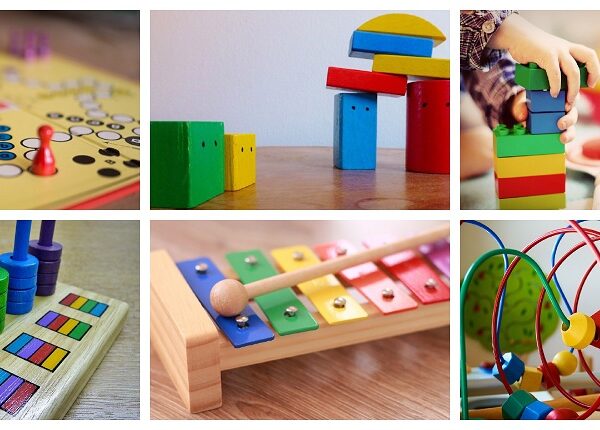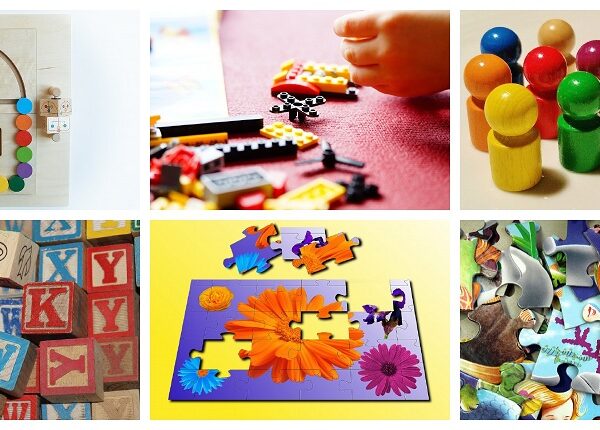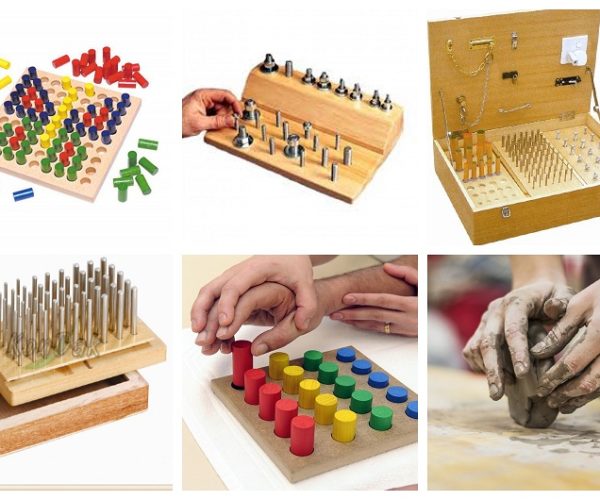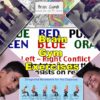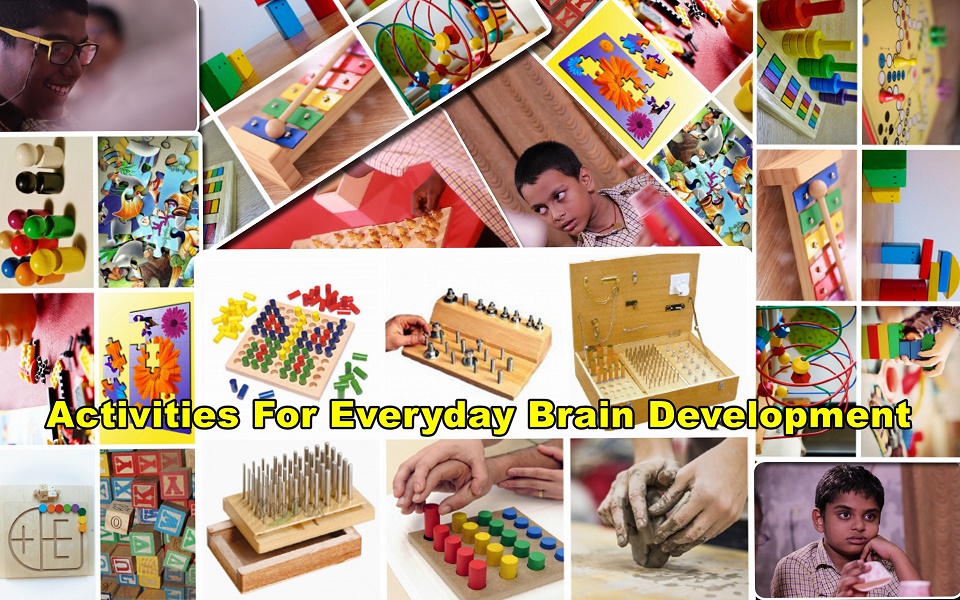
CHILD DEVELOPMENT: ACTIVITIES FOR EVERYDAY BRAIN DEVELOPMENT AND BUILDING
The first five years of life are when a child’s brain development is the fastest and when more than 700 neural connections are being formed every single second. What fosters healthy development during these critical early years?
Positive interaction is essential between children and the adults who care for them. Every time we connect with children, it’s not just their eyes that light up—it’s their brains too. Positive early experiences with adults strengthen the connections that a child builds up and help children to be eager, engaged, and ready for a lifetime of learning. This is called brain building.
Brain research has made significant discoveries about how the brain is stimulated through play. The hand and the brain need each other. Neurologically, “a hand is always in search of a brain and a brain is in search of a hand”. The use of the hands to manipulate three-dimensional objects is an essential part of brain development. According to the latest brain research, when kids play with blocks, pushes around toys and throw balls, their brains are being fertilized with constant neural growth.
Brain Development
The play personality of your child changes as per the age and development of your child:
Observe babies in the first nine months as they manipulate toys, they reach for, hold, release and suck on the toy. The focus is on manipulation as their finger muscles are developing and their brain uses all the five senses to learn.
From 9 to 18 months, children will be involved in function games with their toys which they toss, press and throw because they are curious to know what each toy can do.
18 months onwards when the brain is now geared for imagination, children indulge in imaginative play; they give a functional twist at a symbolic level to the toy or object. So a long block is used as a mobile phone or banana. This is the beginning of symbolic play which is the foundation of learning to read and write. When a child can visualize an object as having another function then the child will be able to see the word ‘c-a-t’ and visualize a cat.
So if kids don’t play, they don’t learn and that is why play is called the work of childhood.
So watch your kids play today and observe these schemas in their play. What is a schema? A schema is a repeated action in children.
- Trajectory– fascinated by the way they themselves or objects move through the air.
- Rotation– Children who just adore circles and anything that goes round
- Positioning– children who are always placing things in some kind of order
- Transporting– children who are always on the move, moving items and often carrying a bag
- Enveloping– children who like to cover themselves or objects as well as hiding
- Enclosure-children who love to surround or enclose either themselves or other objects
- Connecting– connectors simply enjoy attaching themselves or objects to other things
- Transforming-these children spend hours mixing
Yes, children thrive on play because their brains learn best with play. So even though play is a 4-letter word it is one of the best words that adults should speak around children. So tell your child to play today…and play along…it keeps you young!
CHILD BRAIN DEVELOPMENT AND BUILDING BASICS
Think about the experience of parenting as slowly releasing responsibility over time, starting when your child is in preschool. Your child should learn from an early age that you are her best advocate and cheerleader. At the same time, it’s your job to keep her safe and healthy by setting reasonable limits. Mutual respect, understanding, and cooperation guide every interaction.
Look – Even before babies can talk, they’re showing you what they’re interested in. Look into their eyes, or what catches their eye, and begin to build with your child.
Follow – Powerful moments are created when you let children lead the way and you follow by responding to their words, sounds, actions, and ideas.
Chat – It may not seem like it, but the sounds and gestures young children make are their way of communicating with you. So, talk out loud together—even if they can’t talk yet—and keep chatting as your children grow to engage them in learning about the world around them.
Take Turns – Back and forth interactions between you and your child are one of the most important ways to help development. So be sure to take turns while you’re talking, playing, or exploring with your children.
Stretch – Make the moment last longer by building on what your child says, or asking follow-up questions that expand your child’s thinking and learning. When you stretch the conversation with questions like, “What do you think about that?” or “How does that make you feel?” you’re stretching the building moments as well.

